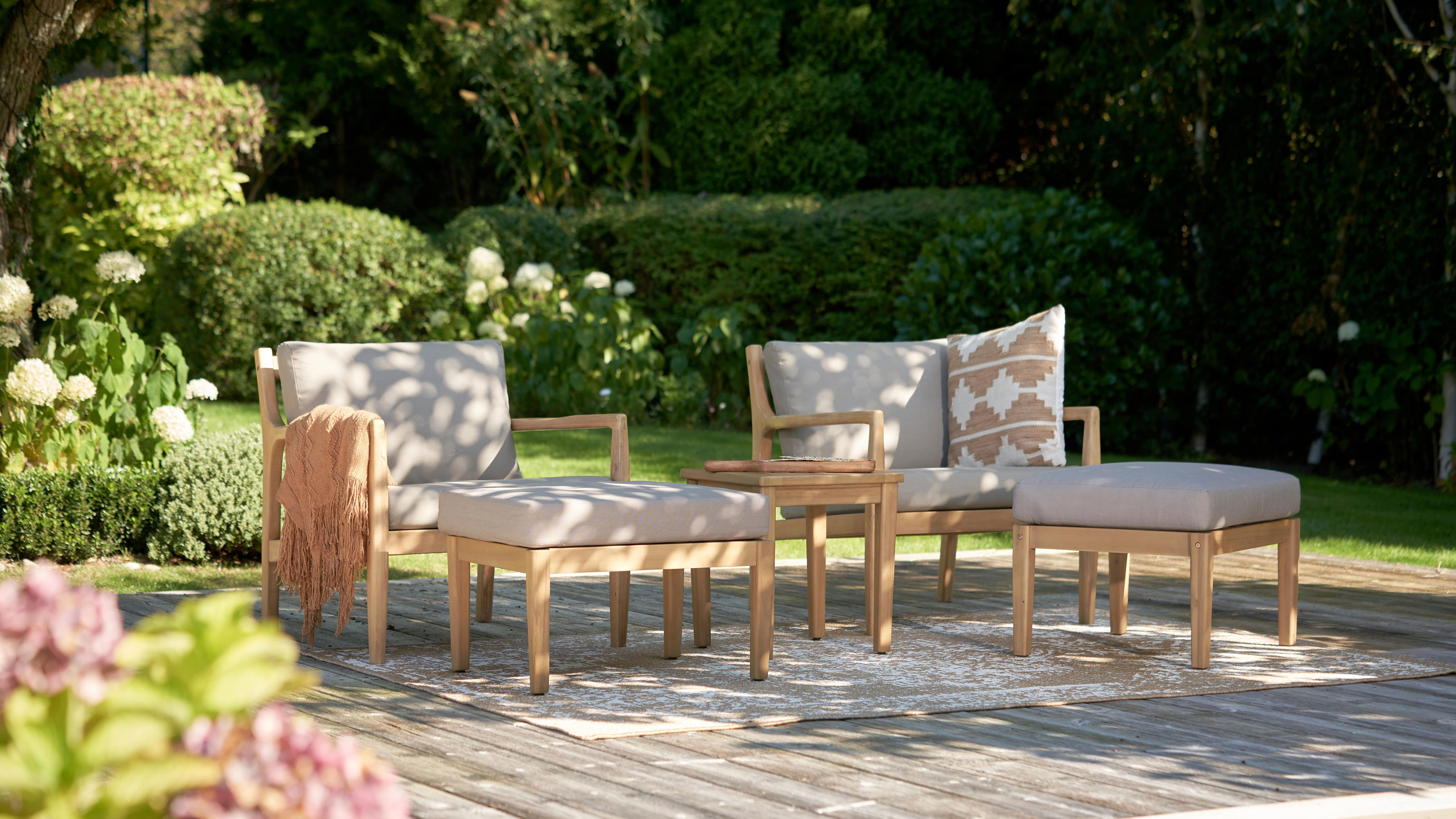
Landscaping mistakes are more common than you might think. If you are planning a new backyard and have drawn up a grand garden design, it's advisable to ensure your visions of an outdoor oasis are practical and achievable for your plot before committing.
Misguided and inaccurate garden projects could lead to disaster and dire straights. For instance, what's the point of knowing how to plan a cottage garden that's high-maintenance when time is of the essence? Or, why put into place an expensive landscape for privacy idea when it blocks out every ray of sunlight?
Backyard landscaping ideas can make the most of your outdoor space and increase your home's worth but mistakes can be easily avoided if you take advice from our experts.
12 landscaping mistakes, and how to avoid them
Landscaping backyard ideas add style, utilize space, and enhance property value. So, the outdoor investment is wise when planned well. To make sure no garden mistakes are made in your backyard, we've selected the most frequent garden plan miscalculations and misconceptions to ensure you don't make the same landscaping mistakes.
With a huge portfolio of successful garden plans from small garden ideas to DIY landscaping ideas that evaluate large outdoor spaces, these professionals have picked out the most common landscaping mistakes and how to avoid them.
1. Bad water management
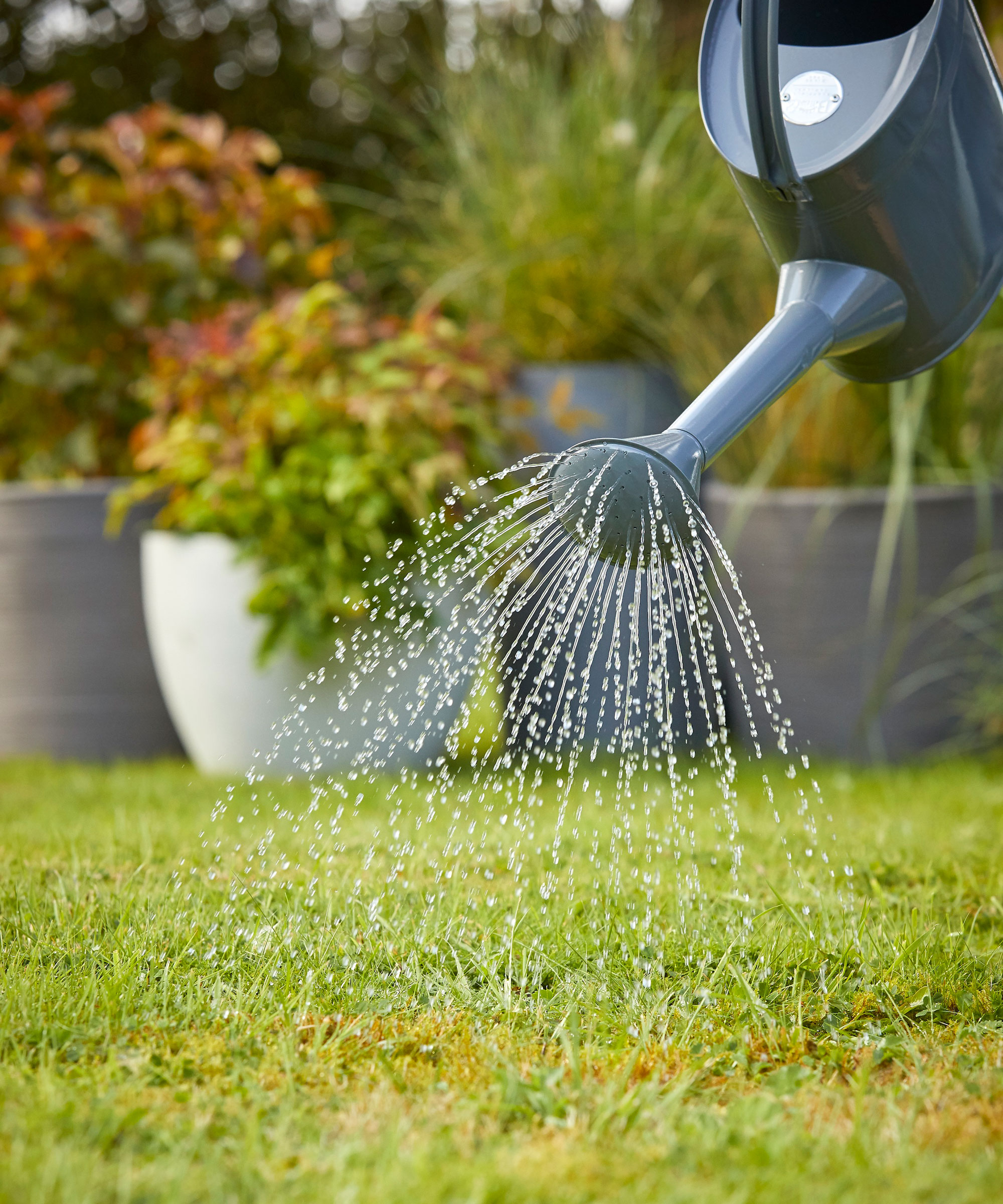
It's all well planning and planting a beautiful garden but if water management isn't also considered then the project could become a washout.
"Water management above most is the cause of pests, disease, poor growth, and weeds. Too much water, you get weeds, pests, or diseases too little the plant dies. Not to mention a high water bill," says Eric Preston Stout, Master Gardener and Landscaper with TeachMe.To.
"To avoid these issues, install drip irrigation overspray and never hand water the plants' leaves or branches, only the soil. The roots are the primary and only source of water absorption. Roses especially never want wet leaves, if your roses have orange or black spots, it’s due to wet leaves," advises Eric.
2. Poorly chosen water features
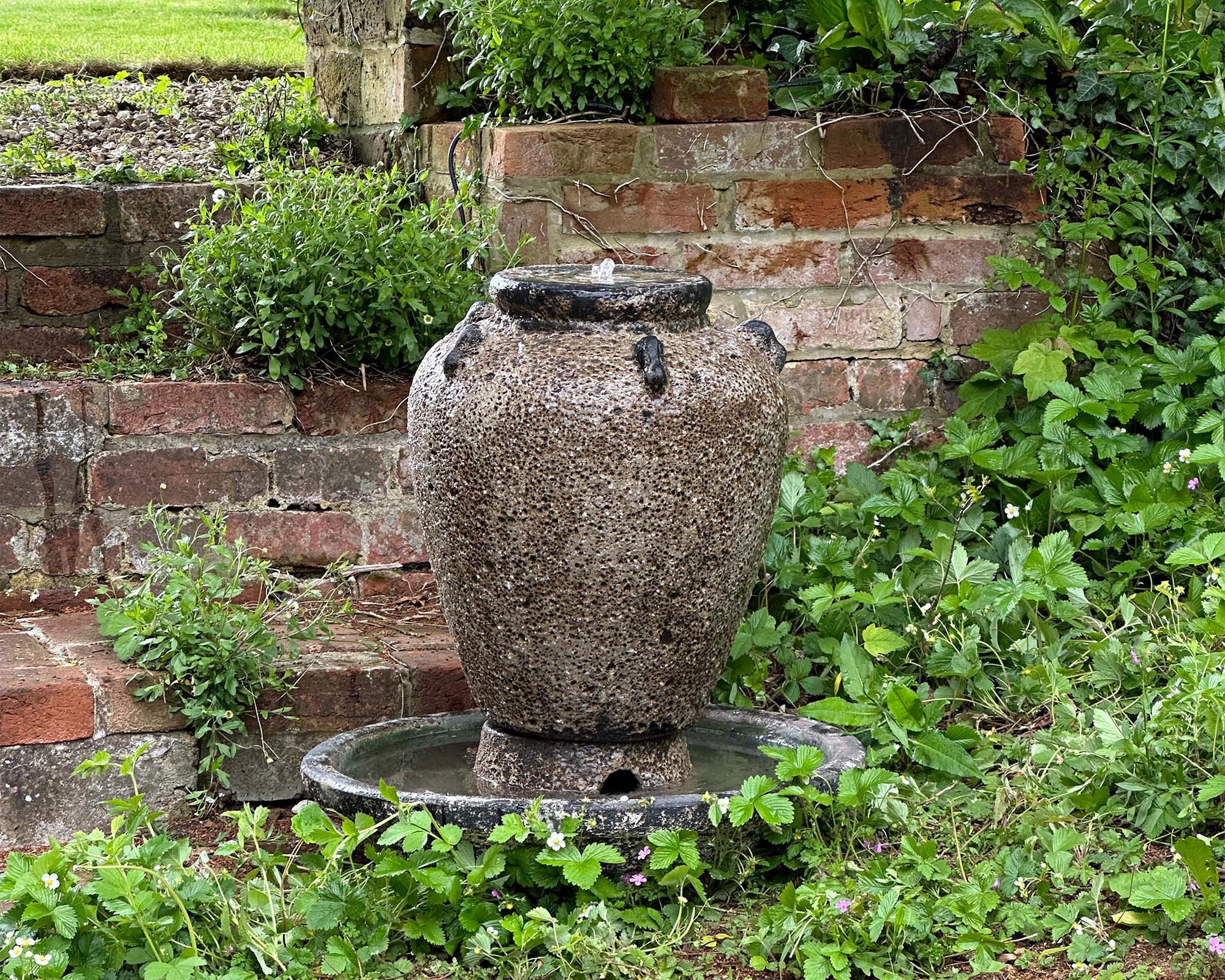
Installing the wrong water feature that is poorly designed or positioned can cause potential issues and even de-value your home.
Robin Edwards, buying agent at Curetons, told Paving Superstore: “A badly designed water feature could negatively affect your property value with any potential buyers put off by the thought of having to remove or maintain a poor quality feature."
Before installing a water feature consider the size of your plot and how much it will cost to run.
"Choosing a water feature that is too big for your can space can make it feel cramped and disproportionate so be sure to keep this in mind before making that purchase," explains Georgina Read, Director at Paving Superstore.
"When choosing a place to position your water feature, make sure the surface is level and stable as it is important for both the appearance and functioning of the water fountain. A spirit level is a great tool for this, as it can help determine whether a surface is level or not,” continues Georgina. We love this Firecore Magnetic Torpedo Level, available on Amazon with a 4.7-star rating and over 2,700 reviews.
3. Pruning too much or too little
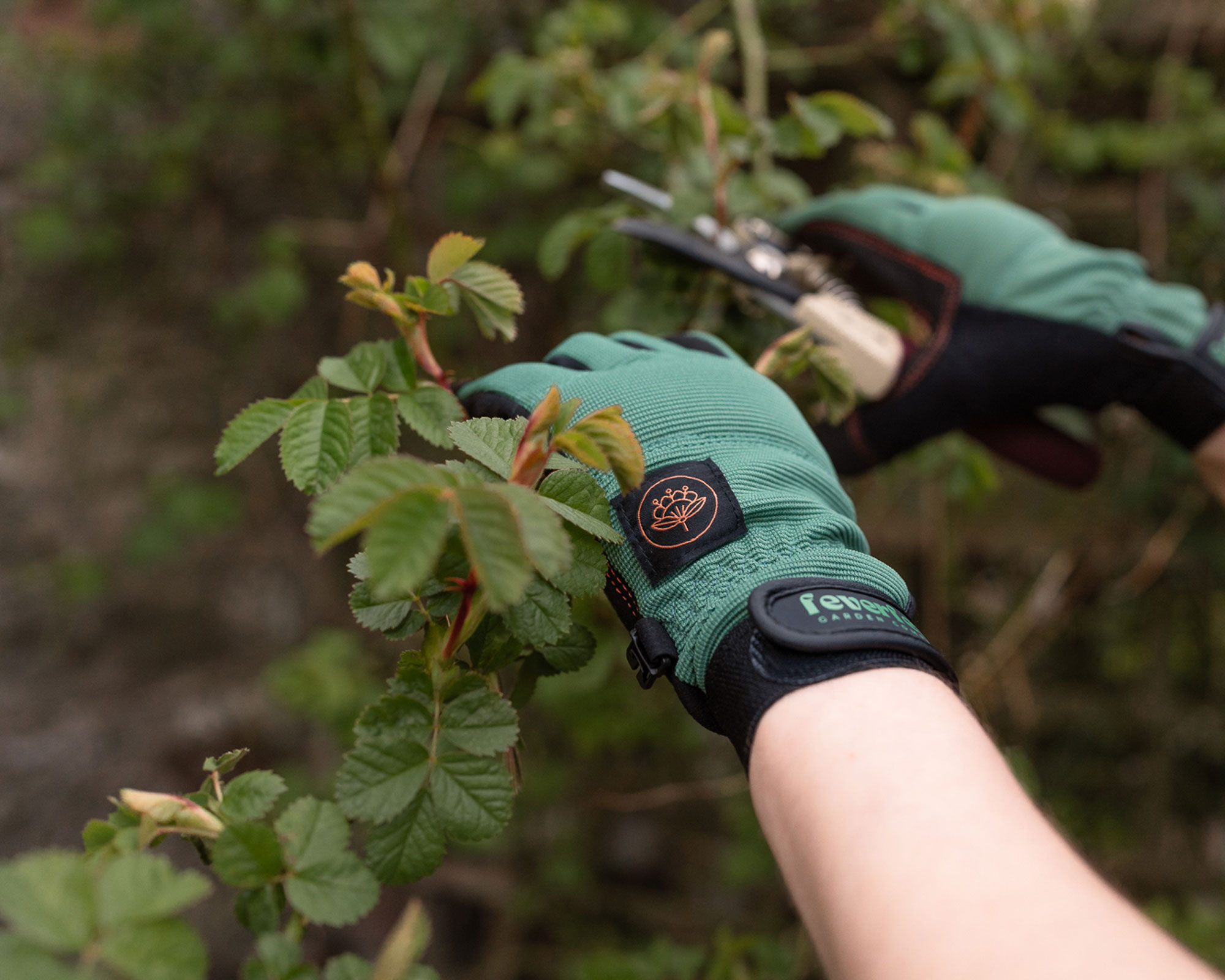
Trees and shrubs in the backyard can make beautiful natural features that create dappled shade and privacy. But left unkept trees can eventually become a worry.
Large trees may need an expensive tree surgeon to keep them healthy and safe. Plus positioned wrong, spreading roots can become a danger to property foundations and invalidate policies.
Before you start making harsh hackbacks, take time to learn what to prune in summer and what to prune in spring to ensure a healthy return next season. Some trees and shrubs prefer a tidy-up in fall and winter before they knuckle down for dormancy. If in doubt, hire a contractor who will have extensive tree and shrub knowledge.
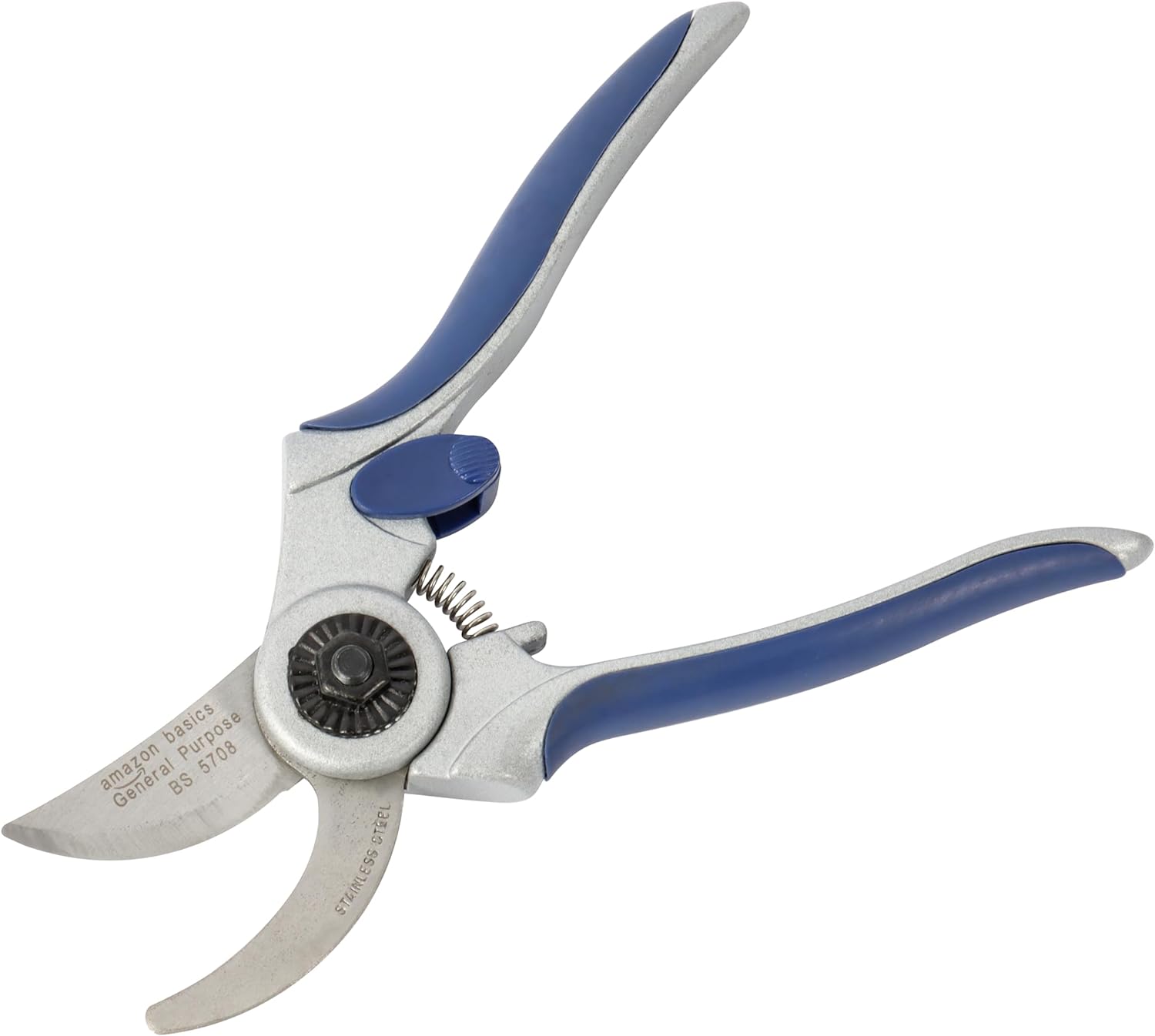
Price: $20.43
These stainless steel pruning shears from Amazon's own range are just the right size for smaller jobs like flowering plants and thin branches. They come with a non-slip TPR handle which ensures precision and safety when trimming.

Price: $29.99
These heavy-duty hedge shears are good for bigger jobs such as tackling unruly shrubs and bushes. These shears come equipped with a shock absorber to reduce arm and shoulder fatigue while pruning.
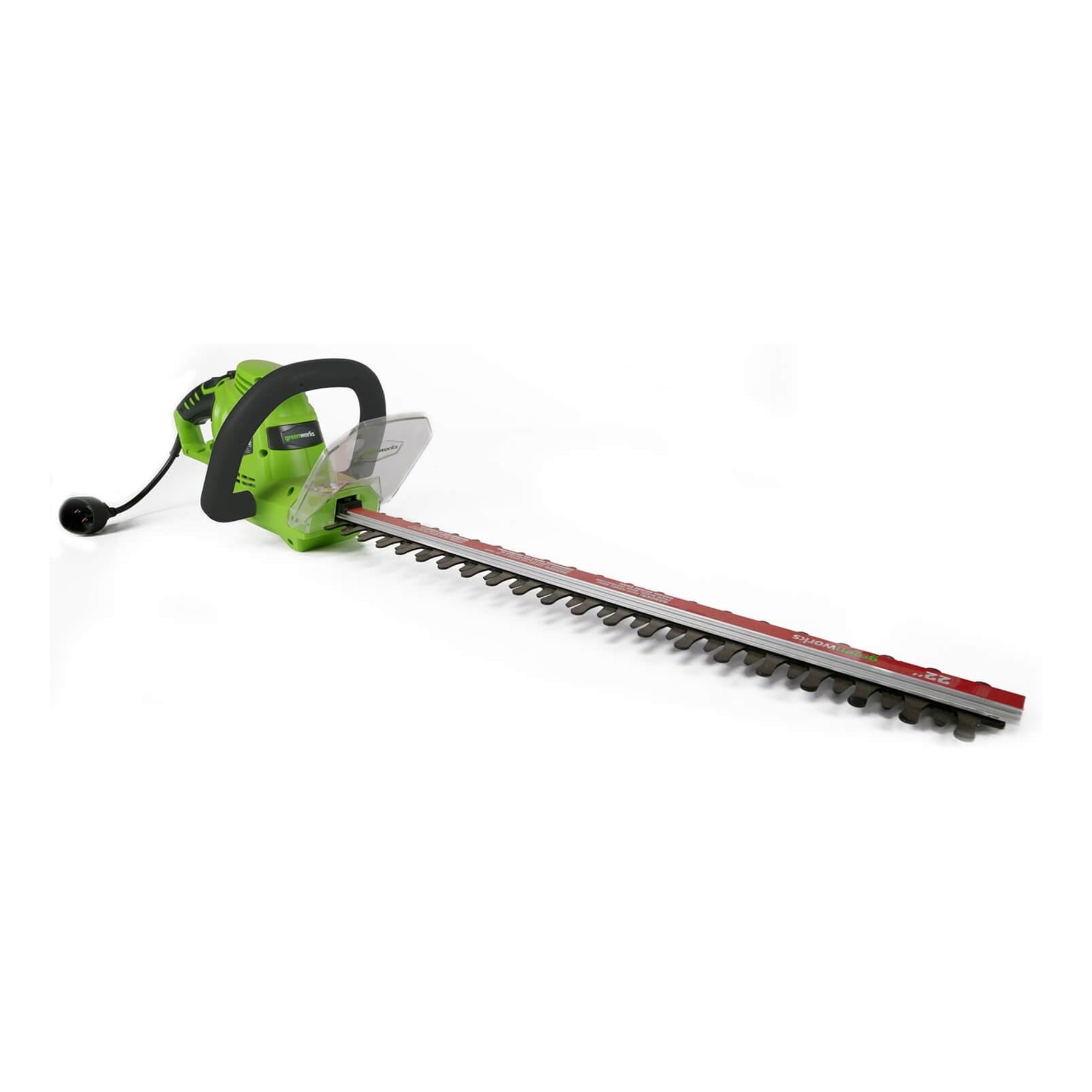
Price: $53.95
For serious pruning, use an electric trimmer like this one from Greenworks to conquer all kinds of hedges. It's powered by a four amp electric motor and has a 22 inch dual-action steel blade for precise trimming.
4. Poor ground drainage
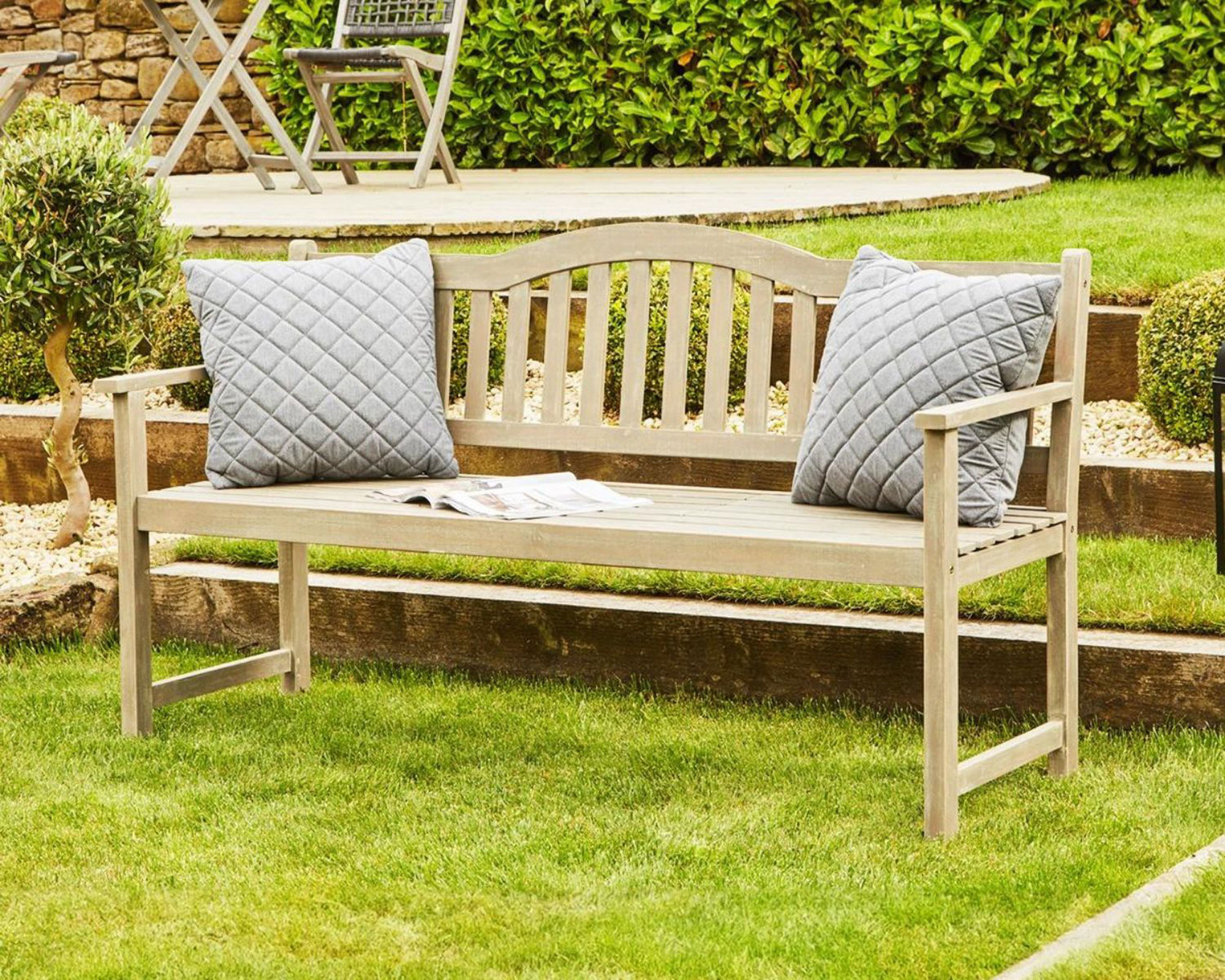
You don't need to be a knowledgeable gardener to know that a well-hydrated yard is a key element to creating a flourishing outdoor space. But, with improper drainage, your outdoor oasis could soon turn into a soggy swamp.
"No landscaping mistake is more damaging than improper drainage. It can lead to boggy spots in your yard, poor growing conditions for your lawn and garden, and in severe cases, damage to your home's foundation," says Rafi Friedman, President of Coastal Luxury Outdoors.
"Whenever you're changing the level of your yard, such as by adding a garden bed or building a patio, it's essential to make sure the overall slope of the yard is away from your home and other permanent structures, and ideally towards gutters, storm drains, or bodies of water. It's easy enough to level out some low spots in your lawn, but more serious issues will require re-grading."
5. Ignoring sun direction
When it comes to backyard landscaping ignoring sunlight requirements can lead to disaster down the line.
"Plants have specific needs when it comes to sunlight, and failure to address these needs can result in stunted growth, poor flowering, and overall disappointment with your garden's appearance," explains home service/DIY expert, Tony Mello, and the founder of A1 Garage Door Service.
"Factors like the orientation of your garden, the presence of nearby structures or trees casting shade, and even the time of day can all affect sunlight exposure. Without careful consideration, it's easy to misjudge the amount of sunlight a particular area receives."
Observe your garden throughout the day If your north-facing garden requires shade garden ideas identify areas of partial and deep shade and plant shade plants. Likewise, south and east-facing gardens will benefit from full sun plants that enjoy the light and heat.
"When planting, position sun-loving plants in areas that receive ample sunlight, ensuring they get at least six hours of direct sunlight per day. Conversely, reserve shaded spots for plants that thrive in low-light conditions. By carefully matching plants to their sunlight requirements, you can create a vibrant and healthy garden that flourishes throughout the growing season," continues Tony.
6. Invasive planting
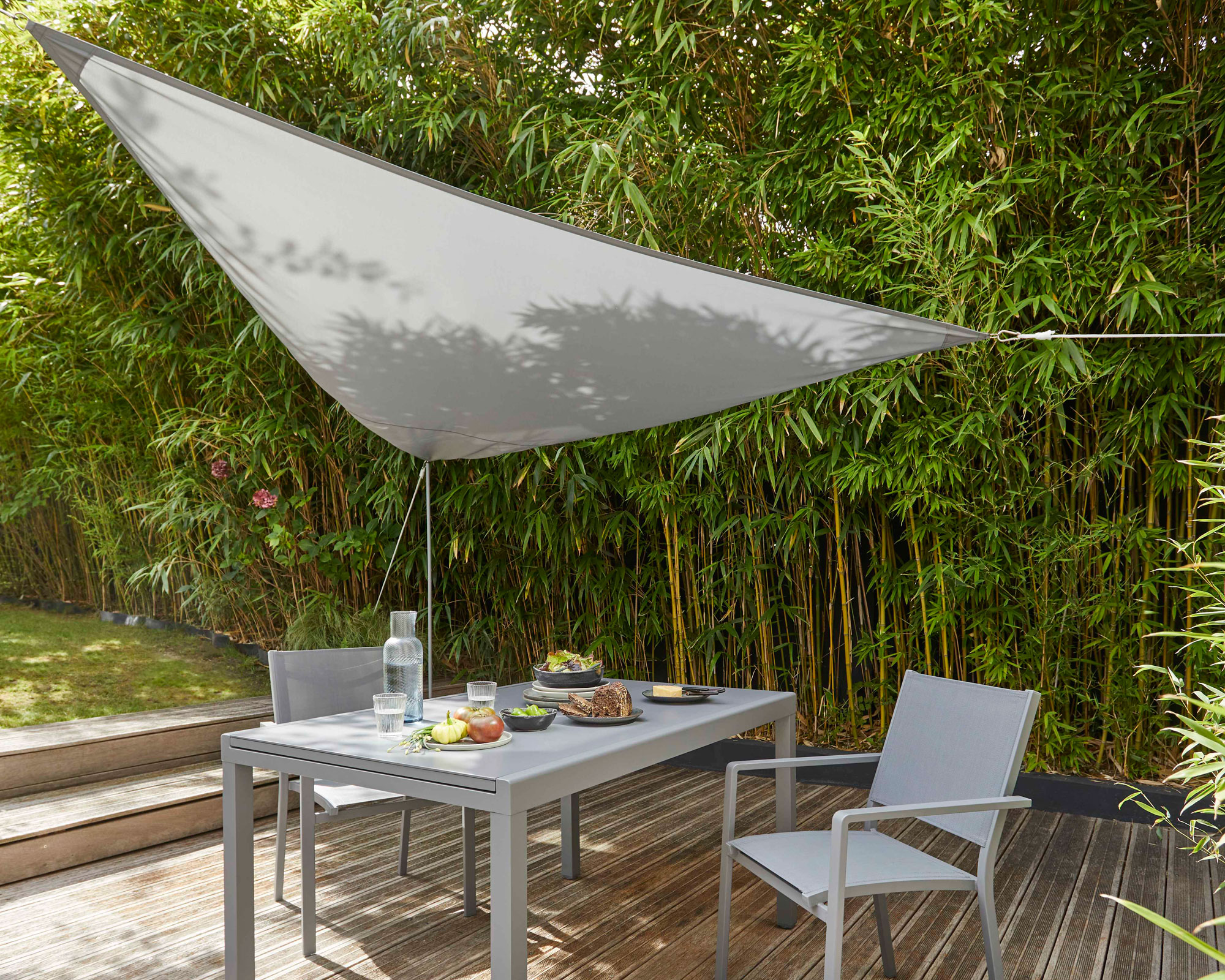
A garden with rebellious plants can soon get out of control and will take more than a weekend of weeding and light pruning to tidy up.
Plus, if invasive and destructive plant species, such as bamboo or knotweed you'll need to sort the help of experts. Only landscape professionals know how to get rid of Japanese knotweed entirely.
"Planting invasive or destructive species, such as bamboo, ivy, mulberry trees and Japanese knotweed, just because they look visually appealing is a big landscaping mistake," says garden expert, Ionel Giuran at Fantastic Gardeners
"Bamboo, for example, is very hard to control, especially when it’s planted directly in the ground instead of in containers. This plant spreads rapidly and can affect other plants in your yard, competing for resources."
Bamboo is a stylish and structural plant that adds vertical height and privacy to gardens, but to keep it under control always plant it in pots.
7. Planting too close to buildings
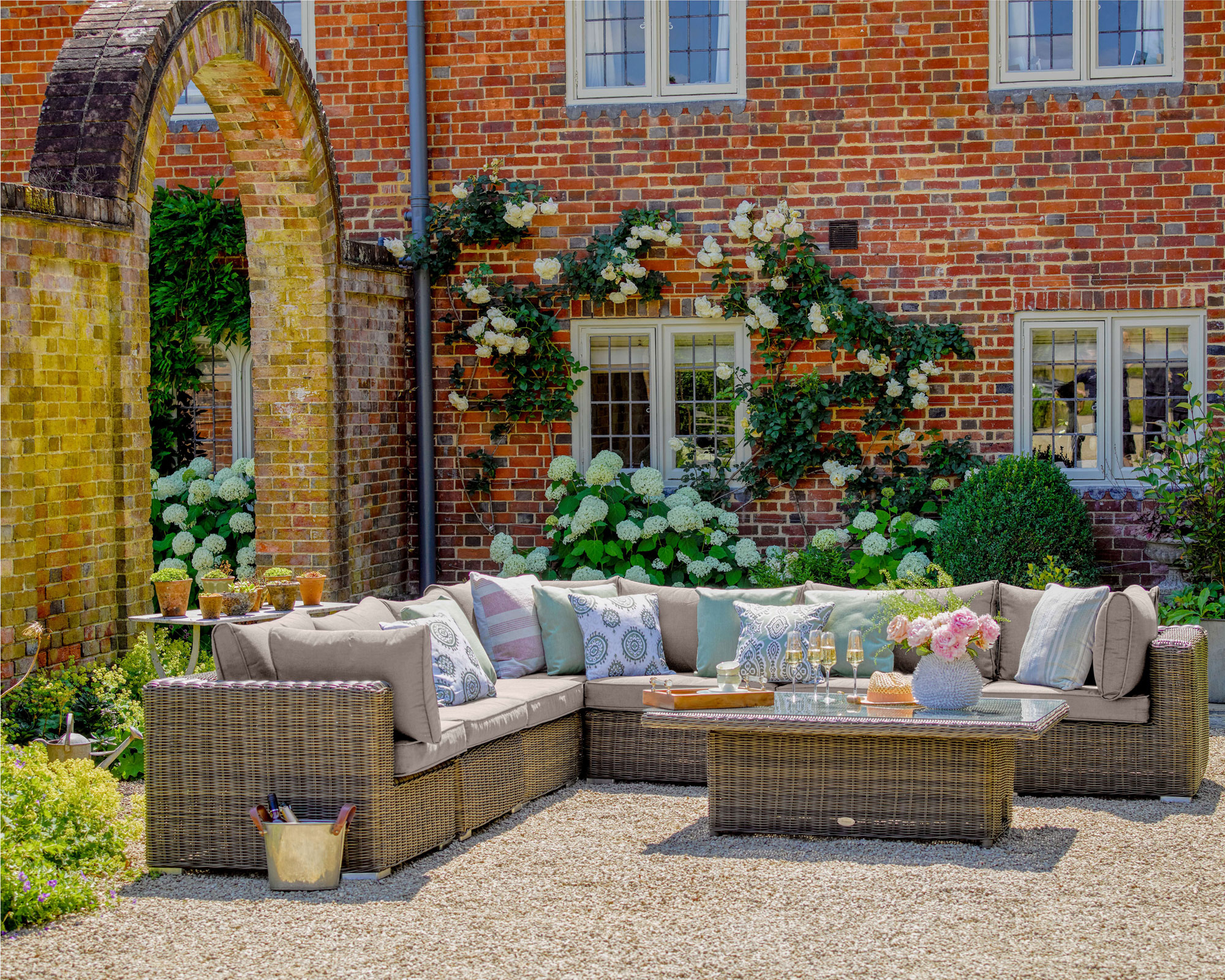
We've all seen and heard about Wisteria Hysteria that's stemmed from Regency garden ideas such as the beautiful purple blooms constantly cascading down the Bridgerton Manson. But, in reality, choosing to grow climbing plants directly onto exterior brickwork can be a landscaping mistake to avoid.
If you choose to grow wisteria over the front or back of your home, you'll need to ensure there is an additional structure in place to not only support the heavy branches but deter the plant from damaging drainpipes and brickwork.
Species with self-attaching aerial roots such as English need careful consideration and the right conditions and maintenance to grow safely.
"Ivy is a plant that can damage nearby structures, specifically more aged, brick homes', explains Ionel Giuran.
8. Planting trees in wrong positions
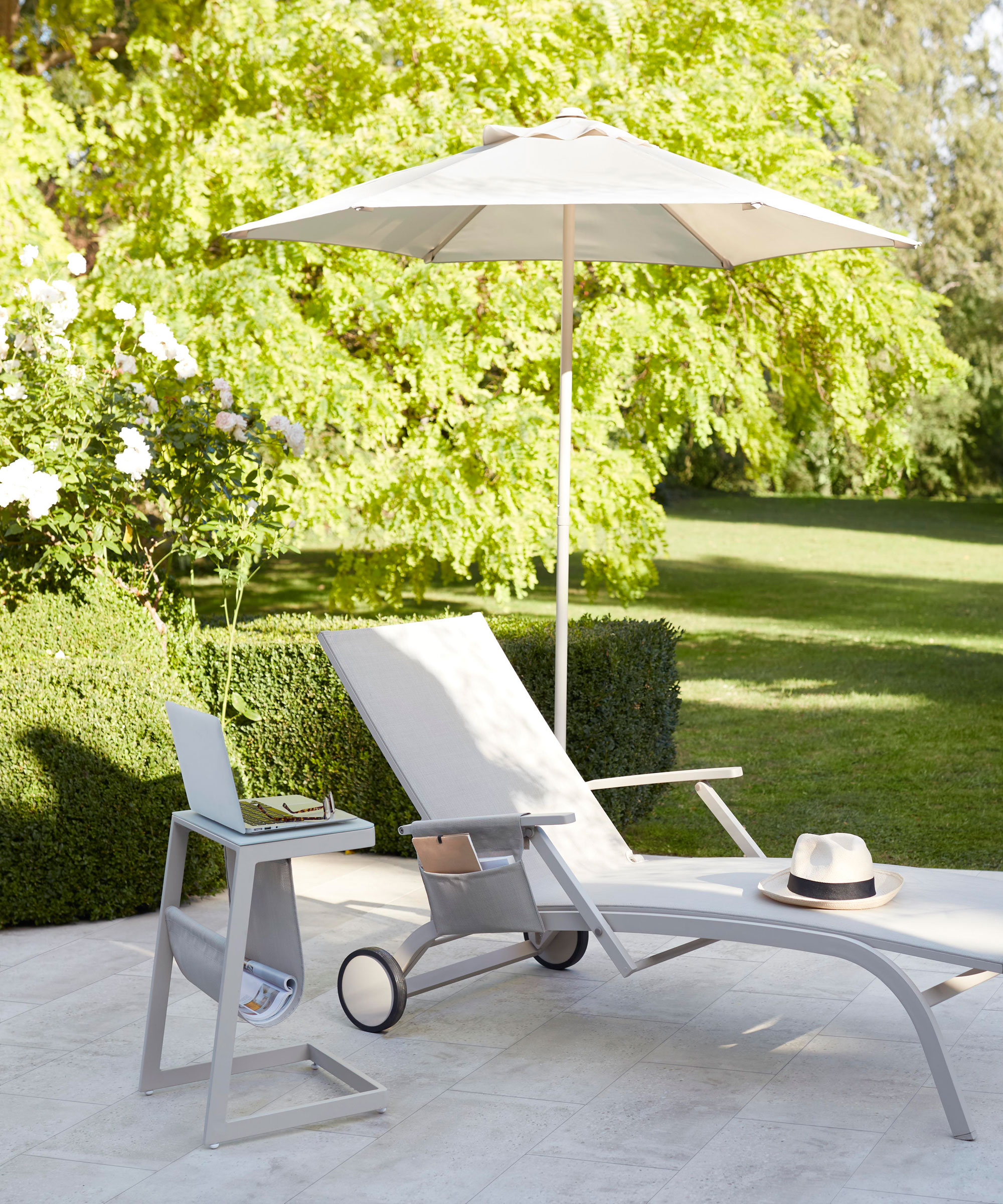
When it comes to planting trees in your backyard consider their size at maturity including roots. If you live in an area where there is heavy clay soil planting too close to a building can also lead to subsidence.
"I’d highly advise against planting them too close to your house, because trees, specifically, can grow root systems under the house foundations and even into the pipes and other water structures, causing a lot of property damage," confirms Ionel.
Tree fruits can also wreak havoc at harvest time.
"Mulberry trees are very messy because of their berries, which usually fall on the ground and stain any concrete pavements or pathways. Also, birds are usually attracted to these berries and, after they eat them, they produce very acidic droppings which can damage paint jobs and concrete structures."
9. Neglecting the lawn
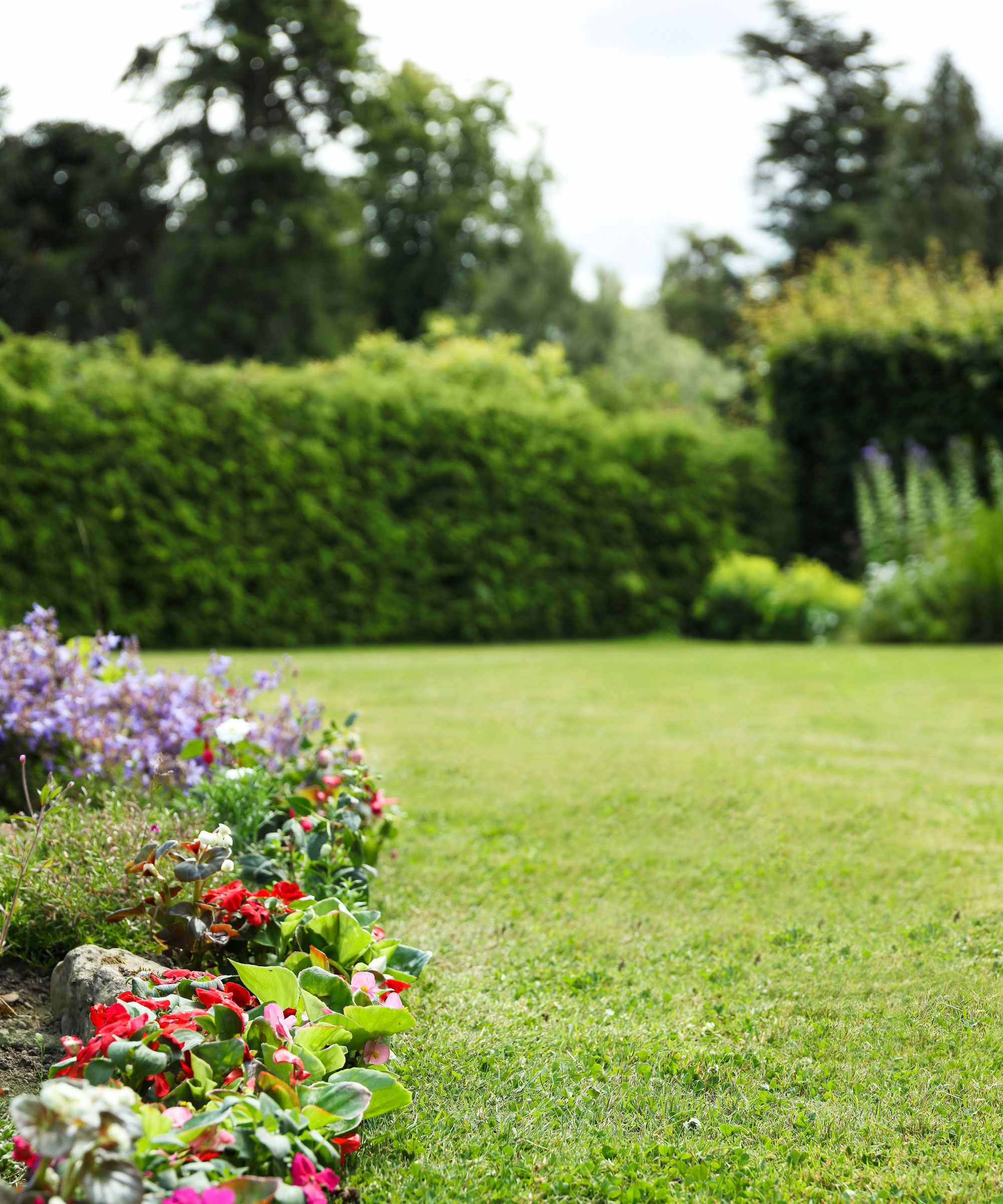
If your garden boasts a beautiful lawn it's vital to keep it in vivid shape. That, being said a luscious lawn doesn't grow by itself.
Matt Adams, Lawncare Expert and Founder of The Relentless Gardener says: “It can be easy to get lazy with our lawns, but if we enjoy our lawns too much and ignore what’s growing on them, it’ll land you with bigger problems."
Overwatering and cutting faux pas are the easiest lawn mistakes to make.
"Too much water can lead to shallow roots, which can make lawn glass more susceptible to disease and pests and it can also lead to the growth of weeds. I’d recommend watering your lawn deeply but infrequently and making sure your lawn has good drainage, says Ionel Giuran.
"On the other hand, mowing your lawn grass too short can stress it, which similarly makes it vulnerable to disease, pests, and drought, leading also to weed growth. To avoid this, set your mower blade to the highest setting and only cut off the top one-third of the grass blades. This way, your lawn will develop a deeper root system and stay healthier."
To give your lawn a boost save it with seaweed every summer.
"August you should be feeding your lawn with a fertilizer that contains a high level of seaweed, as it helps with turf hardiness and protects it from increased foot traffic - ideal for active family lawns. In return your grass will grow quicker and stronger, ensuring it is protected at all costs. Seaweed also increases the biodiversity of the soil, meaning better overall root health, adds Matt.
10. Planting overload
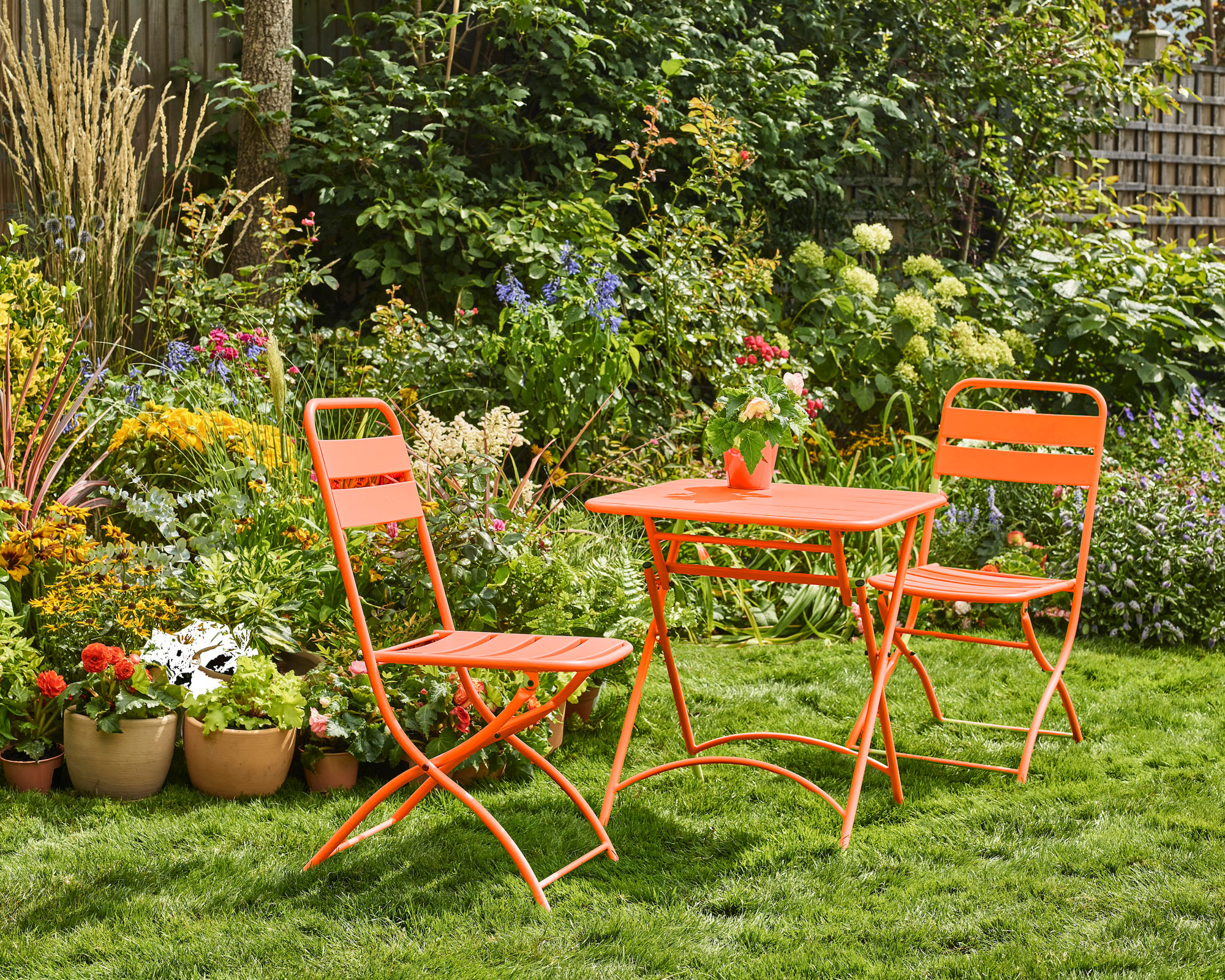
A garden bursting with brightly colored flower beds and packed raised planters may seem like the dream but extravagant flower bed ideas require knowledge, time, and money to maintain.
For a more practical floral display consider fewer flower beds planted with maintenance foliage that can be enjoyed rather than endlessly working on.
A less is more approach will also be practical for weed control. In large gardens, weeding mistakes will certainly make your garden high-maintenance.
"Many folks think [landscaping fabric] is a one-stop solution to weed control, but it's far from it. The truth is, that landscaping fabric can become a massive nuisance over time. It often ends up surfacing and making a mess of the beds, not to mention it restricts water and nutrient flow to the plants, "says Bryan Clayton CEO of Your Green Pal
"Instead of laying down the fabric, you’re way better off applying a granular pre-emergent herbicide each year when you refresh your mulch. This approach targets the weeds without the drawbacks of fabric. Ditch the fabric and save yourself time and headaches. Stick with proven weed control methods that don't complicate your garden care."
11. Forgetting hardscaping
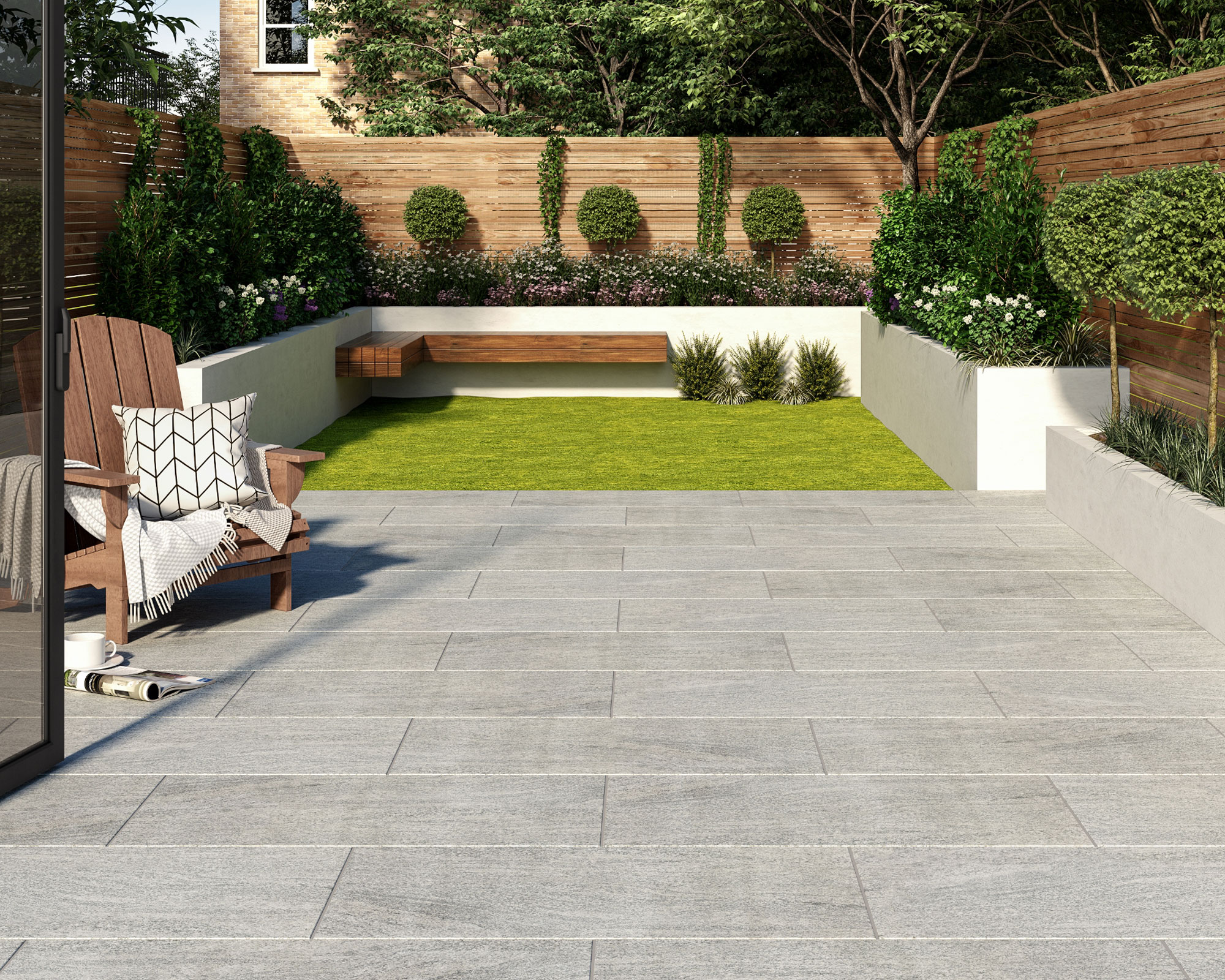
Not only does a successful landscape garden include perfect planting techniques, but hard landscaping is crucial for structural purposes too. Otherwise, the garden's purpose may look aimless and useless.
"Many a time, gardeners see only the beauty in plants, yet fail to incorporate important aspects of hardscape like; paths, walls, and patios among others," explains Nathan Thorne, Gardening Expert and CEO of handyflowers.co.uk
“Start with the layout and movement of your landscape design: This will involve thinking through how one will be using the space; Hardscape: This refers to the design of structures that are hard or rigid in the design of the landscape, these structures should harmonize with style and color of the house and garden."
12. Choosing the wrong materials
Following on from hard-landscaping, investing in the wrong materials for pathways, patios or garden privacy structures could bring on many repair jobs and worse still, safety concerns.
For instance, a recent #GardenTok hack that turns used pallets into decking might seem like a budget-friendly small garden decking idea, but in reality, it's unsafe.
"Pallets are often made from low-grade wood that is not treated for outdoor use, making them prone to rotting, warping, and splintering when exposed to the elements. Furthermore, the wood used in pallets generally has a shorter lifespan compared to traditional decking materials, explains Alison MacLean at St. Modwen Homes.
There are many garden landscaping materials to choose from, such as soil, mulch, and sand, as well as hard landscaping materials to work with, such as gravel, paving, and decking timber. It pays to do your homework or consult the expertise of a contractor before you start.
All gardens will benefit from a garden landscaping plan. Whether you do your research and take on these tips or look to use a garden designer, you'll be sure to build the garden of your dreams with no delusions.







